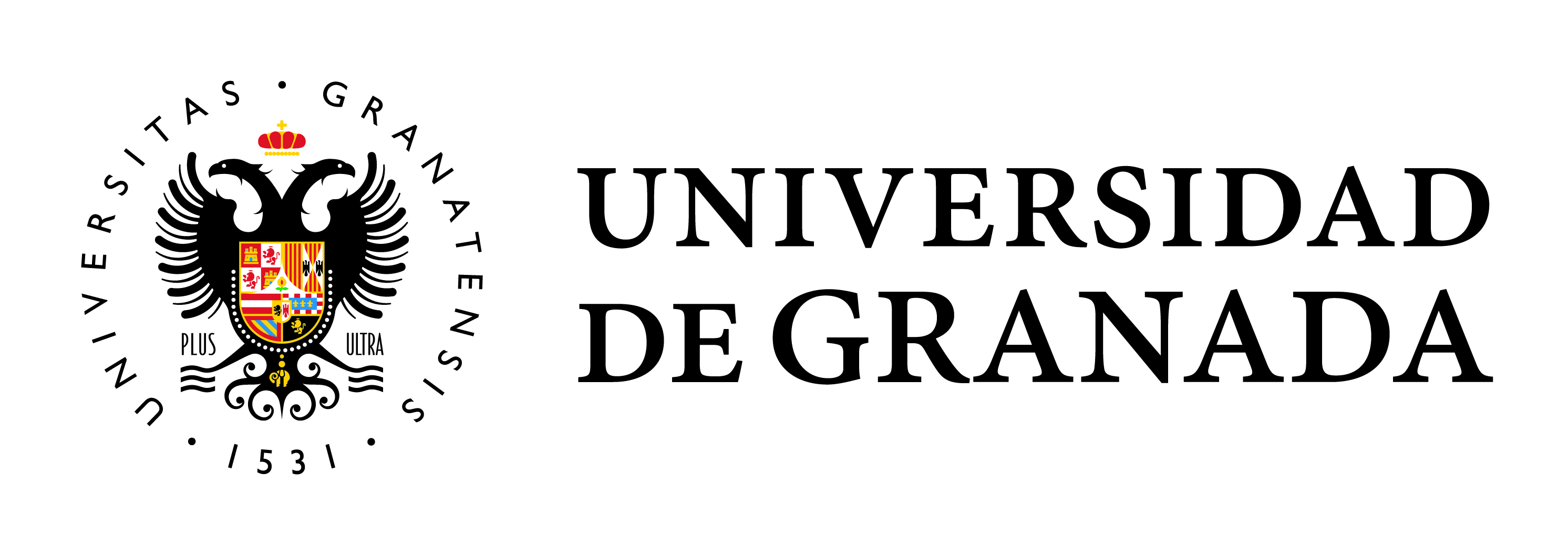Travel prediction methodology in medium-sized cities with GIS-T: maximum to minimum cost disaggregation
Main Article Content
Abstract
This paper describes the design of a traffic assignment model that predicts flows for each segment of an urban network with a higher resolution than a traditional four stage model, retaining the origins and destinations of travel. The research objectives are to determine the traffic intensity in specific areas of the network, and then to identify the origins and destinations of travel to predict changes in urban mobility. To achieve these objectives, relational databases and the geographic information system for transport environment are used (GIS-T), together with data from household and intercept interviews, to identify mobility patterns in the middle-sized city of Mérida, Spain. These application programs can detect changes in the mobility patterns and can locate problem areas. The results obtained show a high degree of adjustment between the predictions and the actual observations of the trips. In addition, the disaggregation levels in each midpoint section of the network combined with population data adjustment using population pyramids avoid bias in the travel samples.


